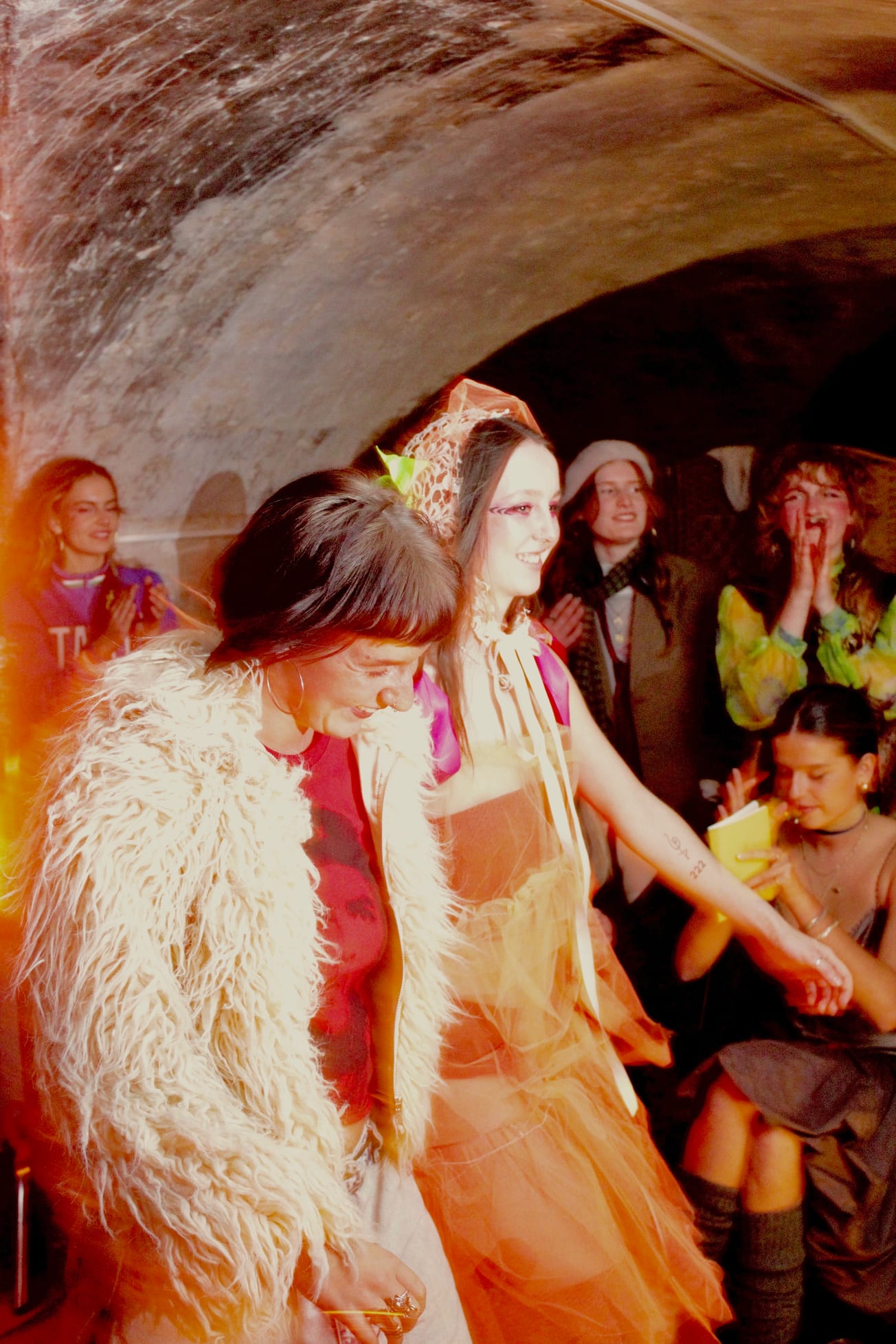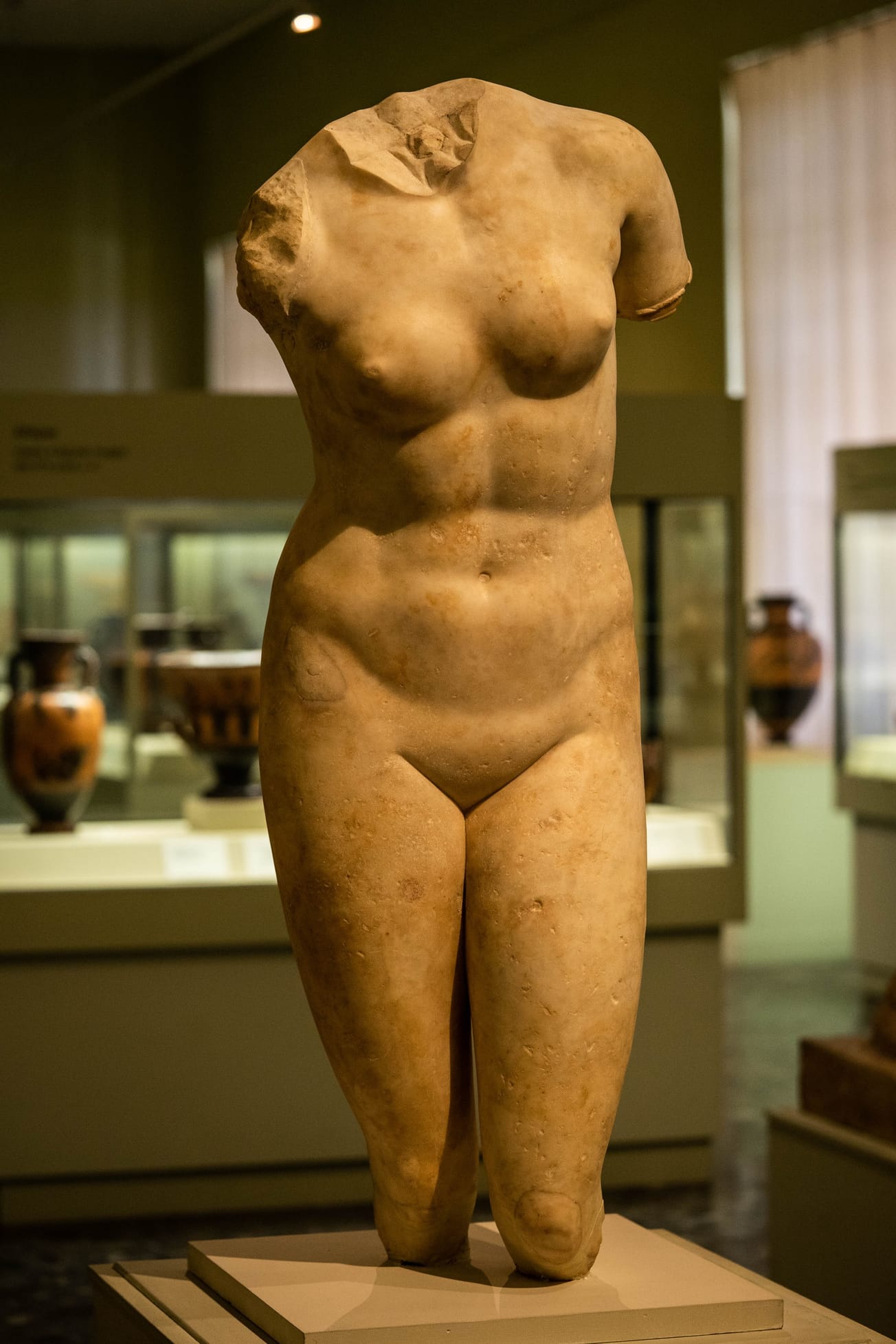By Phoebe Mackie
The Croft Magazine// With its recent return to popular culture, Phoebe reflects on the history, and her personal experience, with crochet and knitting.
When I was thirteen, I went on a church weekend away and before bed I did something I did every evening; I got out my knitting project. You must understand, this was back in 2015 when knitting and crocheting were anything but cool. I was greeted with an avalanche of mockery. They mercilessly laughed at me, called me “Granny”, teasing me for months on end. Feeling bruised I abandoned the craft, believing it made me “uncool”.
It wasn’t until 2021, at university, that I ventured to bring out my hobby in front of my peers. I remember taking my crochet project it out of my drawstring bag, my flat mates looking curiously over. I braced myself for the mockery, the Granny jokes, the laughter. But it didn’t come. Instead, I was surprised by genuine delight and respect. “That’s so cool!” one said. “You’re like one of those TikTokers who make knitted tops”, and “I wish I could do something like that”.
So, what sparked the change in attitude towards my hand-craft hobby? Much as I would like to think it’s because maturity has fostered sensitivity and respect, I suspect the reason is larger and represents a greater cultural shift.

As it turns out, it was a combination of things which caused this change in attitudes. Something that has been influential in my relationship with it, and I know many others, was lockdown. Michael Brice-Saddler comments that “[w]ith fewer distractions and increased downtime, some have found space to start new projects or complete those long-forgotten”. Michael’s observation is particularly poignant regarding a younger demographic. I’m talking about the people who had exams cancelled, online school, and a previously vibrant social life suddenly eliminated. Boredom drove Gen Z towards creative pursuits; jewelry making, cooking, learning different languages. And yes, crocheting and knitting too.
After the initial spark, TikTok ignited the flame. Some TikToker’s creating “how-to” content, while others simply taking viewers along for the ride. This appeals to a younger viewership for practical as well as ethical reasons. For some, garments which would be outside budgets can be made cheaply at home. For example, the JW Anderson patchwork cardigan Harry styles wore during the soundcheck for “The Today Show” last February [see below] ignited a craze with many content creators making their own versions. In response the British label even released its own tutorial on how to DIY the garment.
Practical reasons aside, there’s also an ethical attraction. In a survey from Forbes in 2019, data revealed that 62% of Gen Z preferred to shop from ethical brands. With rising awareness about the damage fast fashion does to the environment (acrylic fabrics going into landfills and oceans), not to mention unethical sweatshops, young people are gravitating towards a sustainable alternative to high street fashion. Unbeknown to the average shopper, there isn’t a crochet machine. While knitwear can be produced on a mass scale by knitting machines, all crochet products you buy are handmade. Nancy Robert Smith meditates on this, saying “[t]he amount of hours that go into even small items and the fact (fast-fashion brands) are selling them at crazy low prices means the wage of the garment’s workers must be pennies”.
Have you ever thought to ask yourself where knitting originally came from? Or when the first knitted item has been found? Knitting has a rich and fascinating history; reaching back into ancient civilizations and stretching halfway across the world. The first knitted object found is a pair of Ancient Egyptian socks which date back to somewhere between the 3rd and 5th century AD. However, the sophistication of the pattern suggests that the craft had been around for much longer. From the Middle East knitting spread to Europe via the Mediterranean trade root. Once in England, it was popularized in Medieval times by both male and female professional knitters. So how did we get from that point, where knitting was a respected craft done by both men and women, old and young alike, to as Cassidy George puts it the most “laden with stereotypes in the public imagination” of domestic crafts? Well, during the world wars women were encouraged to knit for the war effort. Furthermore, during the Great Depression it was a way for more senior women to earn an income and maintain economic stability. This led to, in the words of Penelope Hemingway, it being perceived as an “idle waste of time; a feminine pursuit to be followed safely within the craft of domesticity”.
However, with the changing demographic of knitters over the last few years, the craft seems to be slowly but surely shedding this stereotype. With who is knitting and crocheting changing, so too are the objects being made. When I started knitting at thirteen, I was subscribed to crochet and knitting magazines. Most of the patterns in these magazines were for middle-aged scarves and lumpy jumpers. However, one only needs to open TikTok to see that young knitters converting fashion trends into homemade pieces everywhere. Crochet bralettes, shoulder bags, head scarfs, bucket hats, and the list goes on. But with every one of these new items made these young creators are defying middle-aged stereotypes and proving that knitting and crochet can be just as trendy as high street stores. Not only that but we are also seeing crochet and knitting trickling up into mainstream clothes shops. You only need to walk down the local high street to see that this season will be filled with crochet lace and Granny squares.
I, for one, am both excited and delighted by this radical shift. I am excited because the generations that will grow into our world will look around them and think; “wow! Being able to crochet and knit is so cool.” And I am delighted because the thirteen-year-old me who got teased for doing something she loved felt like those harmful stereotypes were carved in stone. However, what that little girl didn’t know was that everything was about to change
Featured Image: by Megan Ruth
Have you created something from knitting or crochet? Let us know!









